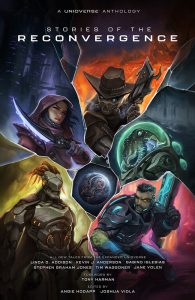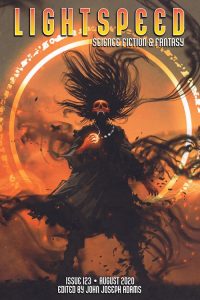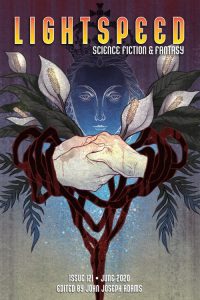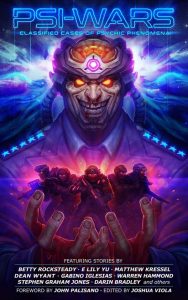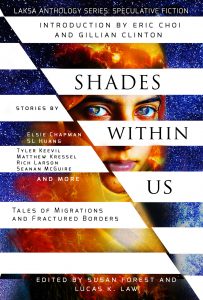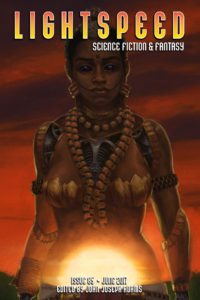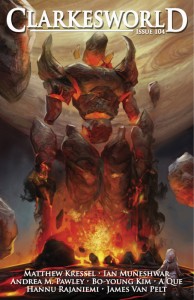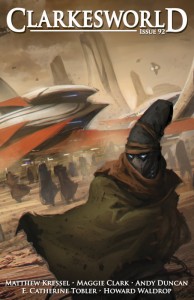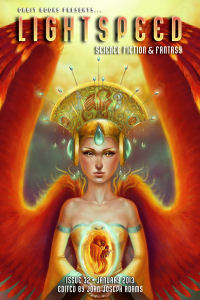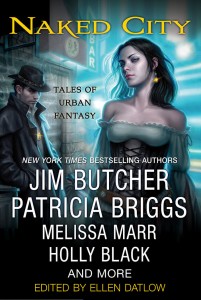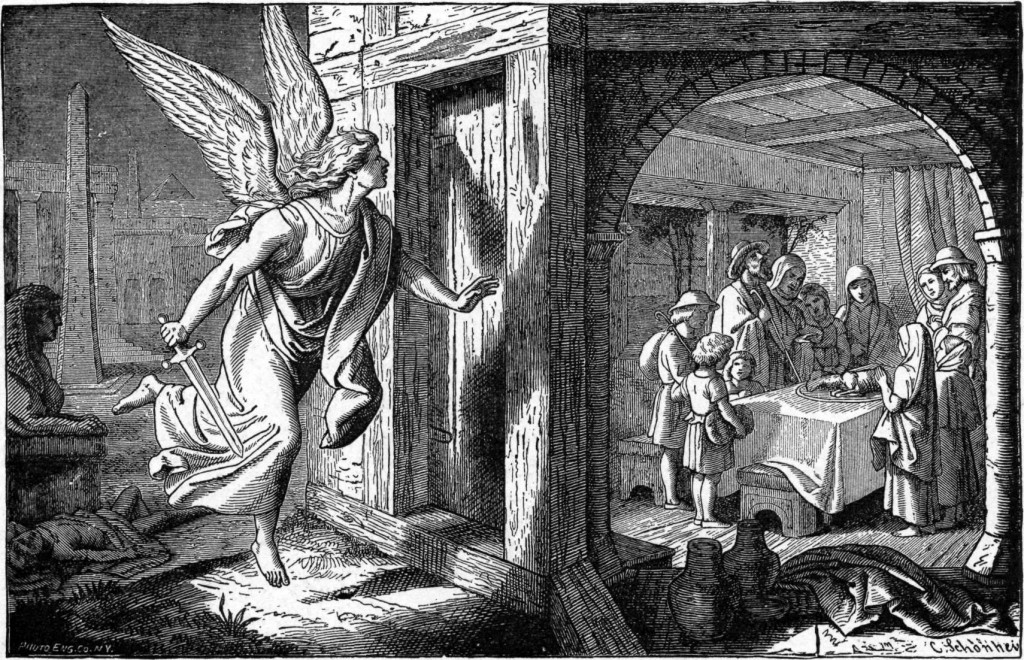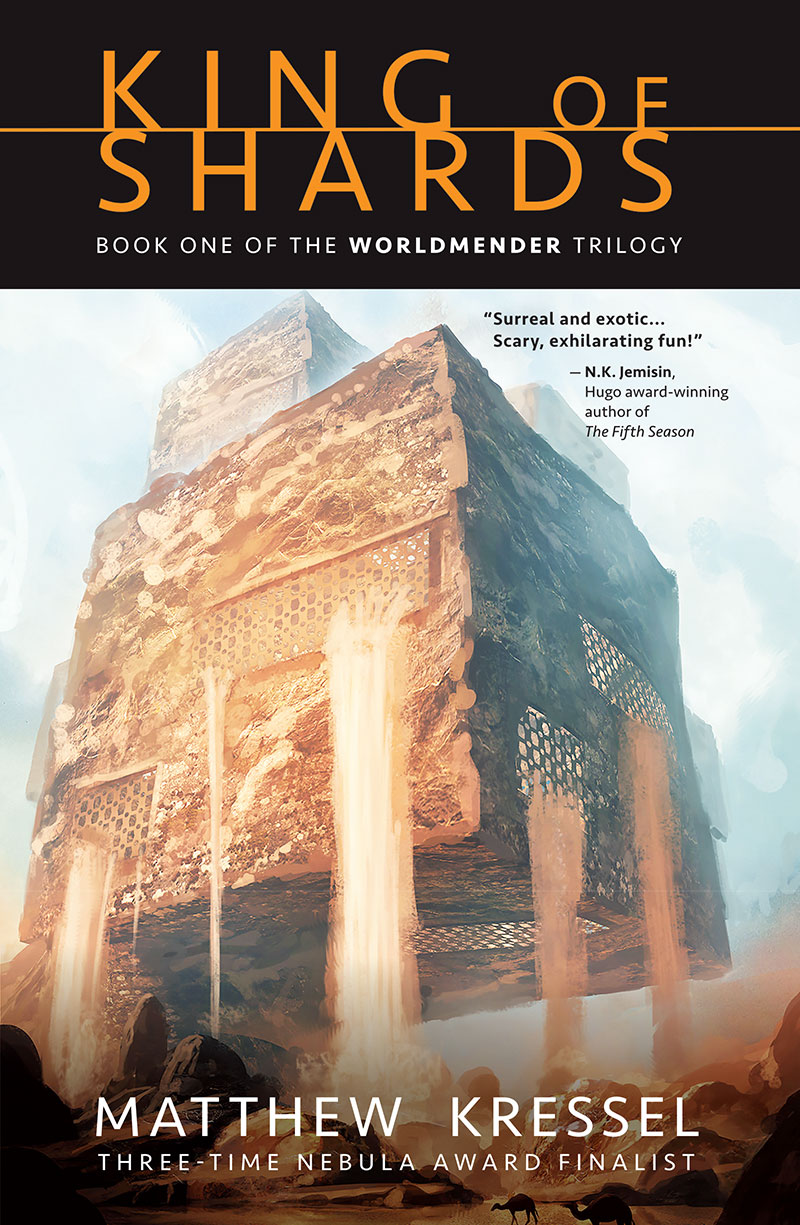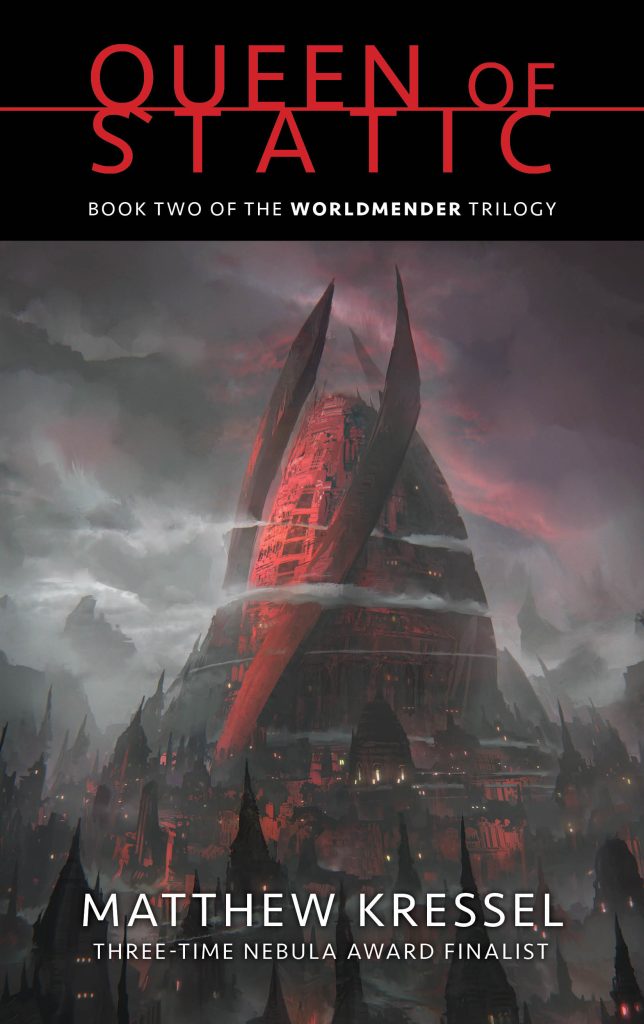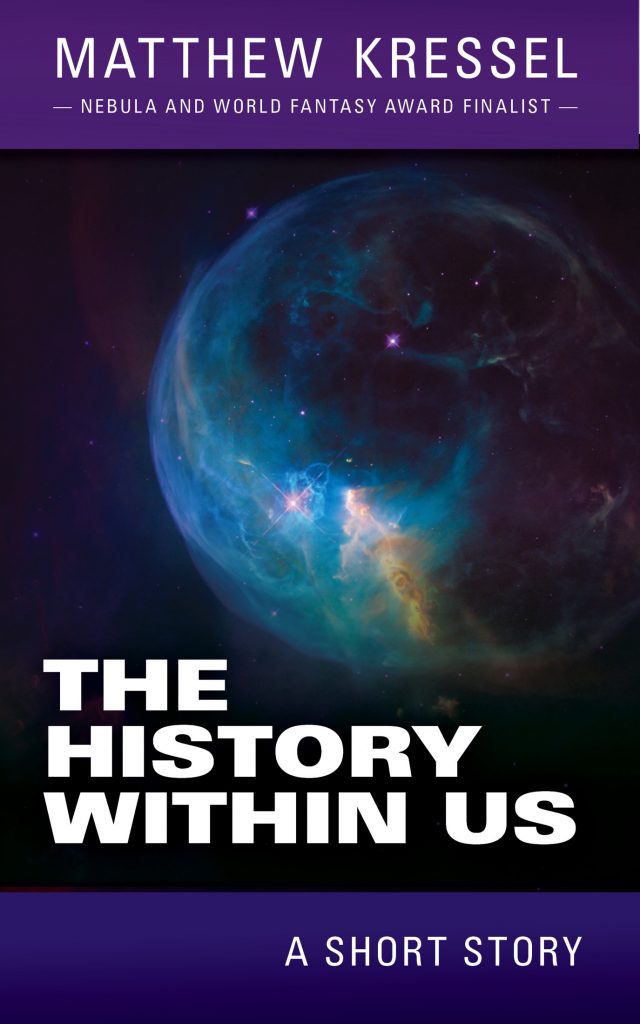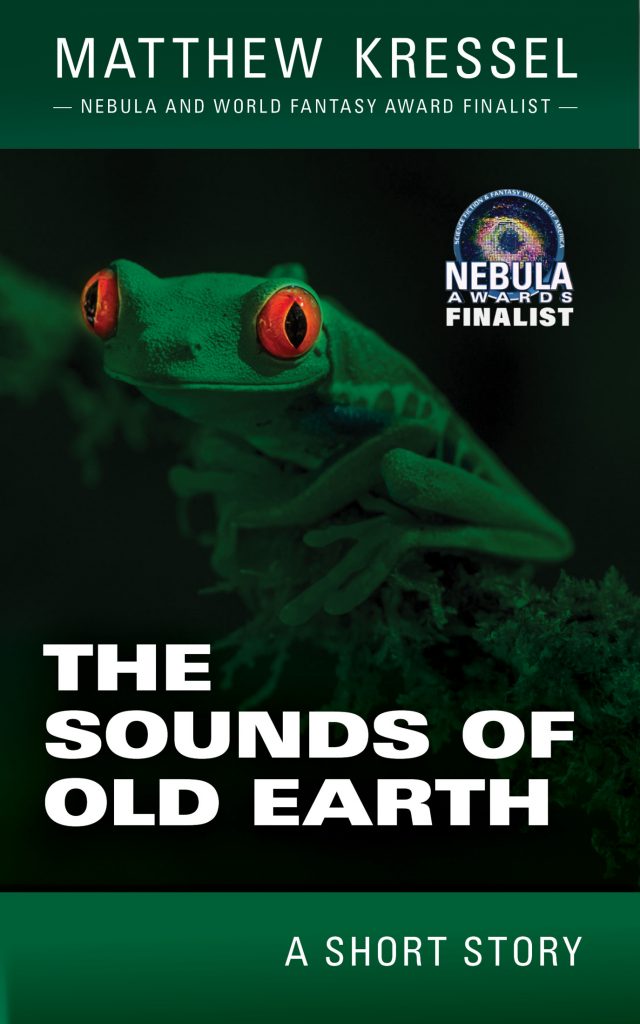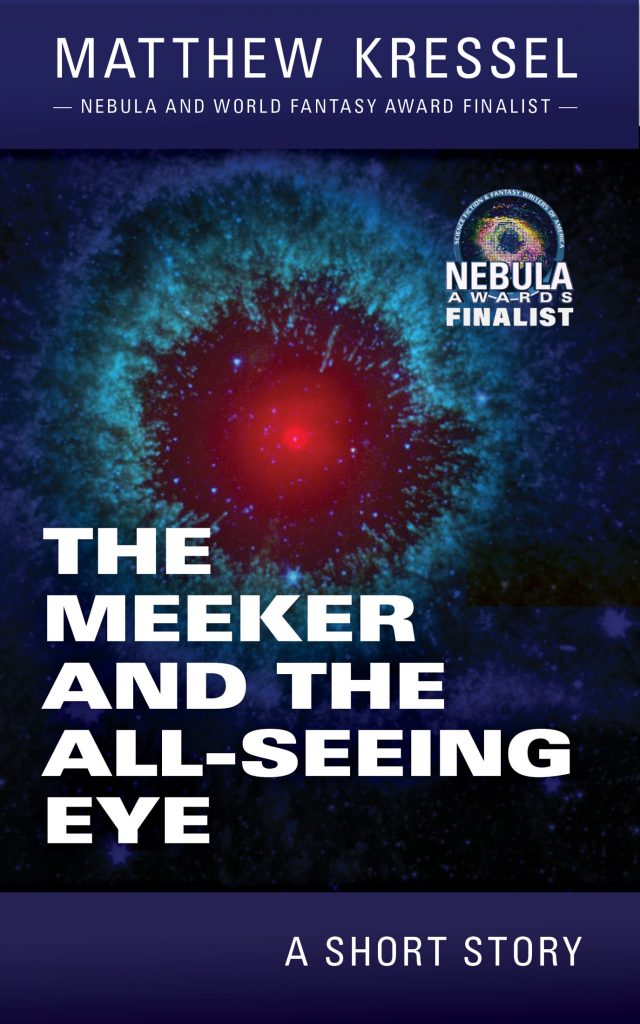To celebrate the October 13th release of my forthcoming debut novel, King of Shards, I will be featuring one new blog entry a day about a different Judaic myth for 36 days. Today’s entry is on The Angel of Death.
Day 21: The Angel of Death
On the first day of Creation, the only thing God made was the Angel of Death. But some say, the Angel of Death was created later: he was the serpent, in the Garden of Eden, who tempted Eve, and by her sin, did Death enter the world. And still others say God transformed Cain into the Angel of Death for his murder of Abel. Cain served as the Angel of Death for 130 years, until Lamech took over. When the Jews fled Egypt from Pharoah, it was the Angel of Death who brought the tenth plague upon the souls of Egypt, smiting the first born sons.
Once it came to pass that great King David, ruler of Israel, begged God to learn the day of his death. God refused, saying it was not permitted for mortals to know. But David begged the One God, and so God told David, “You shall die on the Sabbath.” David grew fearful and sad. Sabbath, normally a joyous day of rest and recovery, spent with family, now took on a dreadful tone. But he knew that one who is engaged in the study of Torah cannot be harmed by the Angel of Death. So each Sabbath he hunched over a Torah scroll, studying its deepest secrets. Instead of dread, his joy was great, and he looked forward to each Sabbath day with profound eagerness. Servants came to him, worried about his intense study, but Sabbath after Sabbath he sent them away. The Angel of Death came on the appointed day, but found David in holy Torah study, and so he was powerless against him.
The Angel of Death decided to try another way to take the soul of King David. The holiday of Shavuot fell on Sabbath this year, when Jews recalled the day God gave them the Torah. They celebrated with harvests of wheat, barley, figs, grapes, dates, olives, and many other fruits of the land. The Angel of Death climbed into a pomegranate tree, the most beautiful in all the king’s gardens, and shook the trees as if in a tempest. The sky grew dark, the air thundered as if in a storm, and all the fruit fell to the ground. Hearing what he thought was a storm, King David forgot his Torah and ran to inspect his orchard. In his haste he tripped down the steep stone steps and broke his neck. And there he died, his soul returning to God. Yet it was the Sabbath, and his son Solomon could not bury the body on this day of rest. Solomon had power over all the animals and called in eagles from all corners of the globe. The eagles watched the dead king’s body as the sun crossed the sky, and their shadow was the last gift David received in the earthly kingdom.
When it was Rabbi’s Joshua Ben Levi’s time to die, the Angel of Death approached him. But God, seeing how righteous Rabbi Joshua was, instructed the Angel of Death to grant him one wish. Rabbi Joshua asked to see his place in the Garden of Eden, and the Angel of Death agreed to ferry him there. But fearing his life, Rabbi Joshua asked to hold the Angel’s sword. Agreeing, the Angel of Death handed over his sword and took Rabbi Joshua there. And once in the Garden, Rabbi Joshua leaped away from the Angel, taking the sword with him. The Angel demanded Rabbi Joshua give his sword back, but he refused. Suddenly, God, his voice booming down from heaven, demanded Rabbi Joshua give the sword back, “For without it,” God said, “The Angel of Death cannot perform his duty.” And so the Rabbi obeyed.
One night Rabbi Loew was up late studying Torah when he noticed a light in the synagogue across the street. He walked over and saw the Angel of Death sharpening a knife over a scroll, upon which many names were written. The plague was about in town, and the Angel of Death had come to take many of the town to the realm of death. But Rabbi Loew snatched the list from the Angel, ran home, and immediately burned it. As the flames consumed the scroll, he saw with horror his name written upon it. For his crime, he knew the Angel of Death would come for him in revenge. But as it is said, the Angel of Death shall never come to a man while he studies Torah, he studied the holy text day and night, just as King David had. One day, his grandson offered his grandfather the most beautiful rose. But Rabbi Loew was wise and saw the Angel of Death curled within. He didn’t want to take the rose, but he knew if he refused, the Angel would take his grandson instead. So he took the rose and immediately died.
The Myth’s Origins
The myth of the Angel of Death has many sources in Jewish scripture. In Genesis 1:2 it says, “Darkness was over the face of the deep.” And the Zohar, the chief Jewish mystical text, identifies the serpent in the Garden of Eden as the Yezter Harah, The Evil Inclination. Samuel II 24:16 says, “And when the angel stretched out his hand toward Jerusalem to destroy it, the Lord repented him of the evil, and said to the angel that destroyed the people: ‘It is enough; now stay thy hand.'” And also, “And the angel of the Lord went forth, and smote in the camp of the Assyrians a hundred and fourscore and five thousand; and when men arose early in the morning, behold, they were all dead corpses.”
The notion of Cain becoming the Angel of Death, followed by his descended Lamech, who slays him, originates in the Midrash Tanhuma.
The Torah is often called a “Tree of Life.” Proverbs 10:2 says, “…righteousness delivers from death,” which led to the folk tradition that one who is engaged in active Torah study cannot die.
King David’s story is found in the Talmud, Shabbath 30a-b, and the story of Rabbi Joshua Ben Levi comes from the Talmud, Kethuboth 77b.
And perhaps the most famous appearance of the Angel is in the story of Exodus, where he appears to smite the Egyptian firstborn for the tenth plague. Though the Passover Haggadah also reiterates that it was God himself who did the deed: “‘I will smite all the first-born in the land of Egypt’ I, and not a seraph.”
Some Thoughts on the Myth
The personification of death is common throughout the myths of the world, and perhaps never more so than in Judaism, who sees the Angel of Death as a messenger of God. Before the Grim Reaper, there was the malakh hamavet, the Angel of Destruction. Figures throughout history often try to defeat Death, using their cleverness. But always Death wins in the end. Perhaps this personification as a figure separate from God is to distance the touch of death from him. It’s not so easy to worship the God who takes away your beloved child/spouse/friend. Sometimes Death is stupid, other times, compassionate. In many tales, death comes as the kiss from a rose.
The myths mirror the many ways death appears in the world. Sometimes death is cruel, as in the death of children. Other times, peaceful, in the one who dies in their sleep after a long, full life. Sometimes death is merciful, as in the death of those long suffering from a terminal disease. We can do all sorts of things to “fool” death — diet, exercise, meditation — but none of us are clever enough to escape his touch forever.
And then there is the issue of the Angel of Death in the Exodus story. One of the thing that always bothered me about the story is its notion of collective punishment. No one denies that Pharaoh was a cruel tyrant, but why did God need to send his Angel of Death (or did the deed himself, depending on the explanation) to kill the first-born children of the Egyptians. It’s one of the parts of the Passover story that has not even felt remotely right, and yet it’s often hand waved over when I ask for an explanation. I’ve heard it explained to me that God wept for those he had to kill, because it was the only way Pharaoh would listen to Moses and let his people go. But, you know, God is supposed to be ominpotent, and if he has to resort to killing innocents to get his way, well, then that’s not such a great God, you know? All such explanations of his cruelty sound like sophistry to me.
But despite my misgivings about some of the stories surrounding the Angel of Death I do think he’s a very fascinating mythological figure, and the many tales reveal a lot about how Western culture views death.
Tomorrow’s Myth: The Birthpangs of the Messiah
